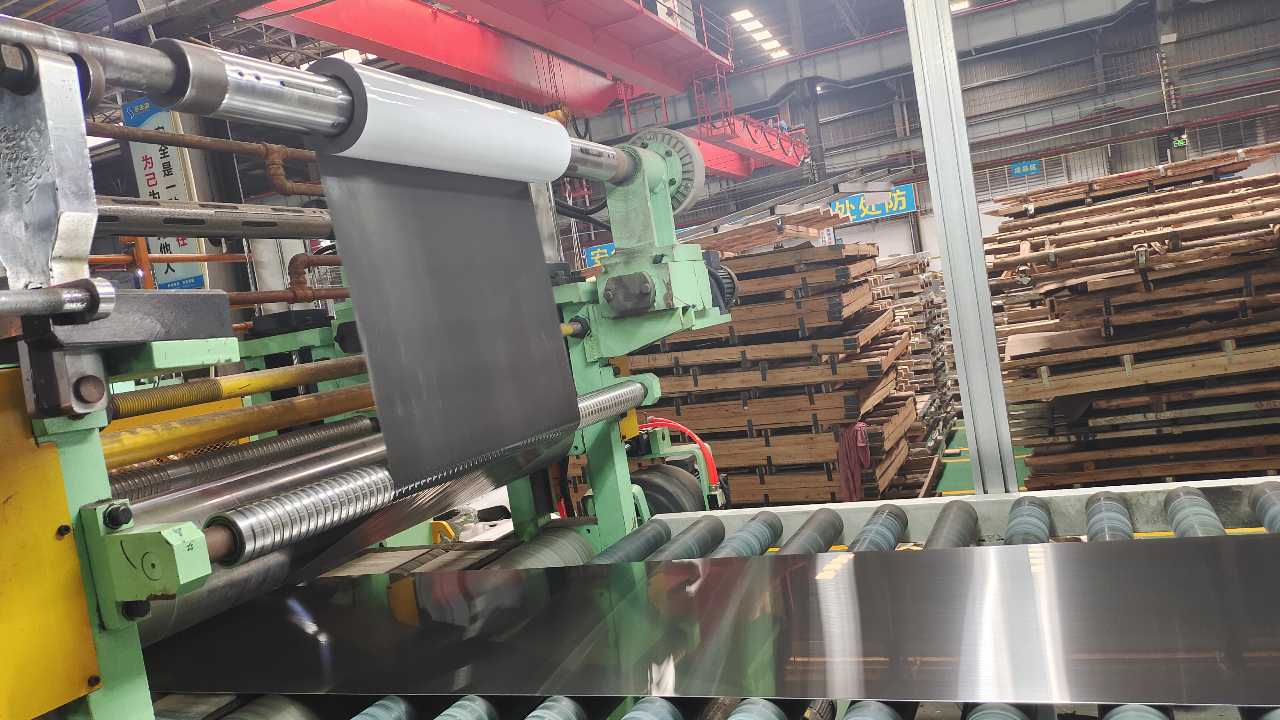Stainless steel comes in a variety of types, each with distinct characteristics.This article delves into whether stainless steel is magnetic by examining its chemical composition and structure.
Chemical Composition and Crystal Structure
The magnetism of stainless steel is primarily determined by its chemical composition and crystal structure.
- Austenitic Stainless Steel: Composed mainly of 18% chromium and 8% nickel, with a face-centered cubic (FCC) crystal structure, making it generally non-magnetic. Examples include 304 and 316.
- Ferritic Stainless Steel: Contains higher chromium content, with a body-centered cubic (BCC) crystal structure, making it magnetic. Examples include 430.
- Martensitic Stainless Steel: Contains higher carbon content, also with a BCC crystal structure, making it magnetic. Examples include 410 and 420.
- Duplex Stainless Steel: Contains both austenitic and ferritic phases, leading to partial magnetism. Examples include 2205.
Production and reduction of stainless steel magnetism
The magnetism of stainless steel can either be produced or reduced based on several factors:
Produced
- Heat Treatment: Certain heat treatments can induce magnetism in stainless steels. For example, quenching can increase the magnetism in martensitic stainless steels.
- Cold Working: When austenitic stainless steel is subjected to cold working (such as bending, stretching, or forming), it can become slightly magnetic. This process alters its microstructure, causing some austenite to transform into martensite, which is magnetic.
Reduced
- Annealing: Annealing (heating and then slowly cooling) can reduce the magnetism of stainless steel by reversing the effects of cold working and transforming martensite back to austenite.
- Alloying Elements: Adding elements such as nickel, molybdenum, or titanium to austenitic stainless steels can help reduce their magnetism by stabilizing the austenitic (non-magnetic) phase.
Stainless Steel Magnetic Applications
Stainless steel magnets are used in a variety of applications due to their unique combination of magnetic properties and corrosion resistance.
Industrial Applications
- Magnetic Separators: Used in recycling, mining, and food processing to separate magnetic materials from non-magnetic ones.
- Magnetic Couplings and Clutches: Used in machinery where a non-contact transmission of force is needed, often in environments where corrosion resistance is essential.
Automotive Industry
- Sensors and Actuators: Magnetic stainless steel components are used in various sensors and actuators in vehicles.
- Magnetic Traps: Used in oil filters to remove ferrous particles from the oil.
Electronic Devices
- Speakers and Microphones: Components may use stainless steel magnets for durability and performance.
- Hard Drives: Older models of hard drives utilized magnets in their read/write heads.
Consumer Goods
- Magnetic Jewelry: Used in fashion accessories and therapeutic magnetic jewelry.
- Magnetic Latches and Fasteners: Used in bags, cases, and wearable accessories for easy opening and closing.
Summary
The magnetism of stainless steel depends on its specific chemical composition, crystal structure, processing methods (like cold working and heat treatment), environmental conditions, and the addition of various alloying elements. The combination of magnetism and corrosion resistance makes stainless steel magnets particularly valuable in environments where other magnetic materials might corrode or degrade.Understanding these factors helps in selecting the appropriate type of stainless steel for specific applications.
Post time: Jul-09-2024





